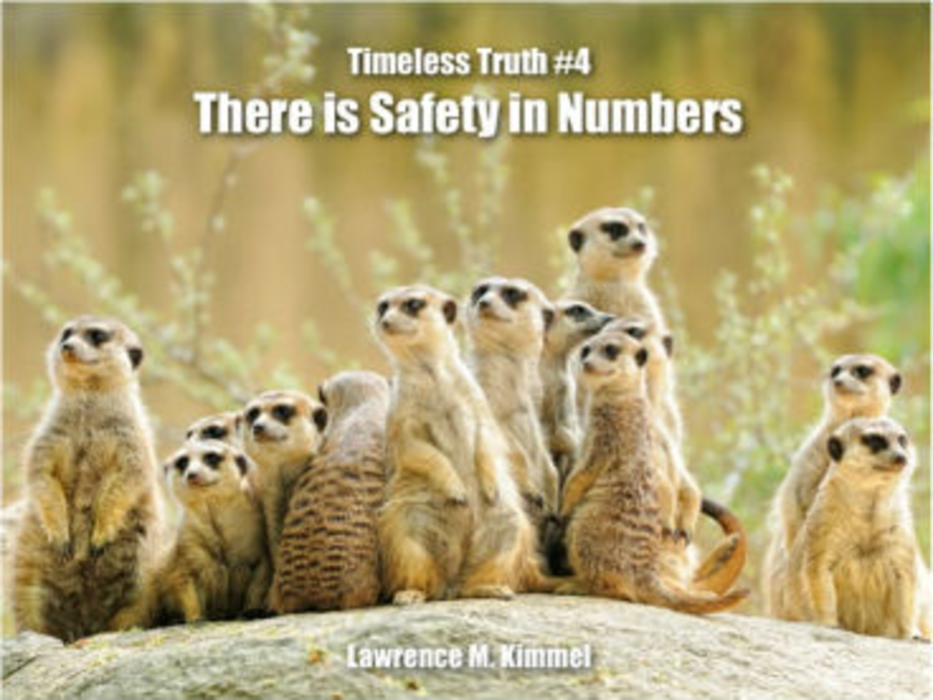It was stunning. Some marketers still don’t fully grasp it. But I would argue that this quote changed the advertising industry forever…
In 1932 John Caples—the legendary copywriter who dedicated his career to A/B split testing—said, “I have seen one advertisement sell 19 and a half times as much goods as another.”
After Caples wrote those words, the scientific advertising method was elevated. Suddenly, the notion of using a non-scientific advertising approach seemed absurd to many savvy marketers.
That was more than 80 years ago. We’ve learned a lot since then. But we have more to learn.
The first thing I wanted to learn was what is the disparity in ad performance today? I asked my media team, “How much better is the best combination of media and creative versus the worst performing combination?” They picked a campaign at random. Their answer was 1,200X: The best performing media/creative combination was 1,200 times better than the worst.
To put these results into context: Imagine you’re running an ad campaign. You invest $10,000 of your own money. In one case you get back $12,000,000.00. In the other case you get back $0. $12,000,000.00 versus $0!
Now more than ever, marketing is a numbers game. In the past few years ROI clarity has caused seismic shifts in marketing expenditures. ROI clarity is why billions of ad dollars have moved to search engine marketing (SEM). It has caused the radical expansion of retargeting. It has also driven the dramatic growth of real-time bidding.
More than 80 years after Caples’ quote, most marketers have now embraced a more scientific marketing approach. Further, the next generation of marketers embraces the scientific marketing method even more. Talk to college marketing students and you’re likely to find they don’t use terms like “direct marketing”; they simply call data-driven, accountable marketing by one word: marketing.
In 2013, like in 1932, if you test, you’ll be rewarded—and if you put communications in front of a large enough sample, you’ll find that consumer behavior is remarkably consistent, time and again. This is true today as it was 50, 80, or 100 years ago.
That’s the good news. But here’s the bad news.
Our work, as scientific marketers, is not done. In fact, for many marketers achieving ROI clarity is now harder than 81 years ago.
Yes, we now know more about our prospects and customers. Who they are. What they like/love/hate. Their propensity to buy. However, obscuring ROI precision are the explosion of marketing channels, the interdependency of marketing tactics, and the influence of social media. When you send a promotion code to 200 people in an email, which gets picked up by a blogger and makes its way to a deal site, how do you calculate ROI accurately? All these factors mean that it’s harder to specify marketing ROI in totality. While you might have ROI clarity on SEM, display, or direct mail activities, if that’s all you do, when you use multiple channels—and who doesn’t—the results get muddy.
Today many marketers rely on attribution models. But these models are imperfect. Even if one company’s attrition model is robust, it’s unlikely it will work for another company. In addition, few companies analyze their online and offline results collectively.
Improving today’s ROI precision is critical for scientific marketers. Marketing only garners appropriate respect when finance people believe the validity of our analysis, and trust the reliability of our predictions.
So what should we do now? We should do what John Caples did. We should share our learnings. We should let others know what’s working. And by this, I’m not taking about sharing sanitized, homogenized software vendor case studies; I’m talking about real cases, told by real practitioners. In 1932 John Caples wrote Tested Advertising Methods. In 2013 it might be good to read, Tested Attribution Methods.
So I ask: Do you have important insights or a great example of attribution success that is broadly applicable? If so, please share. Comment below. Tweet to @KimmelsCorner. Tell a colleague. Do a speech. Author a white paper. Write a book.
The more we share, the better off we’ll all be. After all, there is safety in numbers.
| Lawrence M. Kimmel is executive director of hawkeye and a frequent keynote speaker at marketing conferences around the world. Follow him @KimmelsCorner. |







